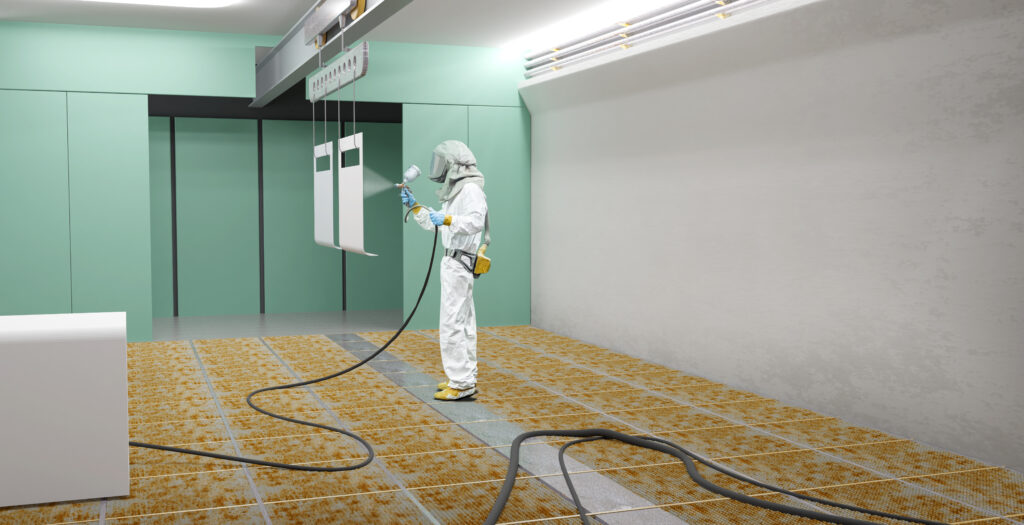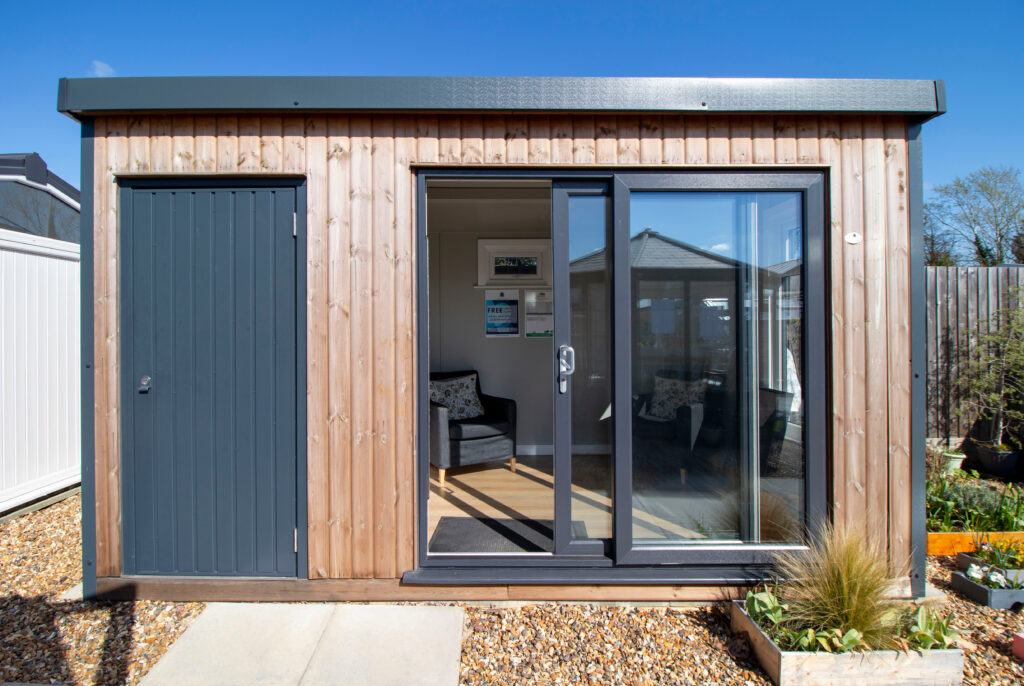Aluminium is an incredible material. Strong yet lightweight, malleable and infinitely recyclable, aluminium can be used for a variety of purposes.
Things just got even better for aluminium, as a recent development within the aluminium industry is the cold spray process, which can be used to repair aluminium parts.
Cold spraying is known as an additive manufacturing technique. This means instead of using heat or even welding parts together, a series of layers are formed to repair any defaults in the material.
We’ve put together the following post about the cold spray process for aluminium parts repairs to guide you.

What Is Cold Spraying For Aluminium?
Cold spraying is a coating process which is applied through high-velocity techniques. The application coating consists of compressed air and powder which form deposits on various materials including aluminium.
Applied at supersonic speeds, the mixture then bonds to the surface of the aluminium all at a relatively low temperature. As the name suggests, cold spraying does not require any melting or heat application.
Cold spraying of aluminium can be used for a variety of applications. As so many industries use aluminium, this can vary dramatically from the repairing of aerospace components and automotive parts to electronic parts.
Here at ABS, we manufacture aluminium windows and doors, meaning cold spraying could also apply to these components.
How Does The Cold Spray Process Work?
A cold spray machine operates by generating pressure using a compressor. The pressure generated is then piped through a nozzle. When the air passes through the nozzle and onto the material (i.e. aluminium), it accelerates to supersonic speed.
Simultaneously, a powder feeder will add in finely ground powder particles into the supersonic component of the nozzle.
These powder particles then adhere to the surface they are being sprayed onto and start to build up in layers. Once enough layers have been evenly applied, the repair process is complete.
Cold Spray Machine Parameters
- Trigger on/off
- Heater set point value
- Powder feeder select pushbutton
- Nozzle temperature
- Feed rate (%)
- Air pressure set point
- Power
- Gun pressure (PSI)
How Does Cold Spraying Aid Repair?
If a component has general wear and tear, it may be very costly, not to mention wasteful to discard that entire component.
One such example a professor explaining the cold spraying process gave was helicopter gearboxes. Although made from magnesium and not aluminium, replacing this part can cost tens of thousands of pounds. However, the ability to repair the damage through cold spraying is not only cheaper and less wasteful but actually can improve the longevity and overall functionality of the gearbox as a whole.
Speaking strictly of aluminium repairs, and cold spraying can also be used for repairing damaged parts, particularly within industrial equipment. Crucially, cold spraying does not cause thermal stress which can further damage fragile parts. In addition, cold spraying is far more efficient than welding different parts together, as well as being far cheaper than other forms of repair or a full replacement.
Cold Spraying Advantages
- High-quality coating – Cold spraying produces excellent quality coatings which boast fantastic adhesion. The coatings are not only high density but have minimal porosity too.
- Minimal oxidation – Oxidation is the gain of oxygen which can result in corrosion. However, the high velocity application of the cold spraying technique limits the amount of oxidation that can occur.
- Minimal waste – The technique of cold spraying is very specific, both in terms of application and materials used. This results in minimal waste which is not only more sustainable but cheaper for businesses too.
- Minimal surface preparation – It’s very easy to set up and complete a cold spraying project, which reduces the time and effort involved in any repairs.
- Versatile process – Alongside aluminium, cold spraying can be used to coat a wide range of materials. This includes other metals, ceramics, polymers and composites.
- Health and safety benefits – Cold spraying does not require the use of solvents or toxic chemicals, which means the air quality will not be compromised during repair works.
Cold Spraying Considerations
- Materials must be compatible with powder form – Cold spraying involves the application of powder at high speeds. This means the material must be able to bond with this powder coating as each layer is applied.
- Limited coating thickness – Cold spraying coatings are limited to a few hundred micrometres. In some cases, this may not offer a sufficient repair.
- Not compatible with complex geometries – If wanting to cold spray in tight corners, it can be difficult to achieve a unified coating coverage.
- Can be expensive – High pressure cold spraying is expensive due to the process having high wear and tear on the nozzles which apply the coats. That said, manufacturers have developed low pressure alternatives to solve this issue.

Aluminium bending services and extrusions across the UK
ABS are the UK’s leading company in aluminium extrusion bending. With years of experience, we’re round to be a part of British manufacturing history.
Find out more about our aluminium bending service and aluminium section bending.
With this comes the quality of an ISO 9001 Certificate so that you can be sure we’re able to offer precision manufacturing all of the time.
Whether you need something for an exterior project or bespoke aluminium furniture for inside, call us today on 01623 272464 for a free quote ABS Ltd.


